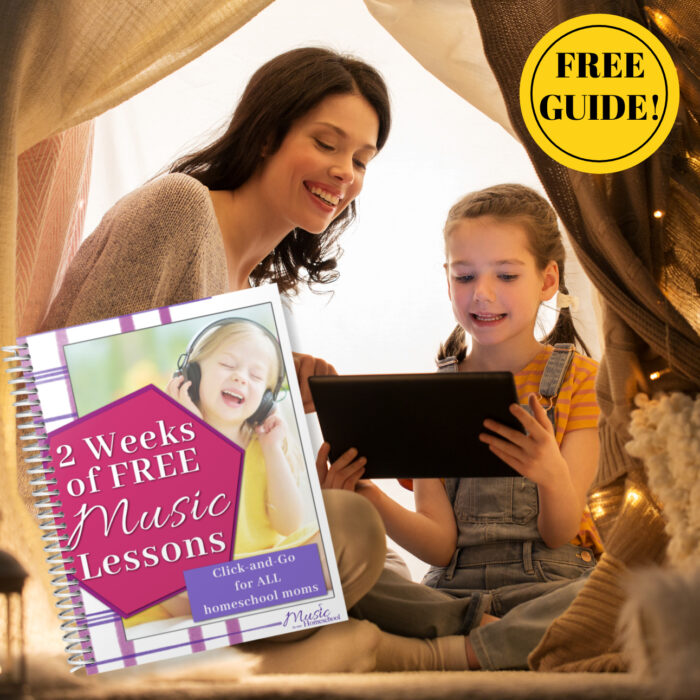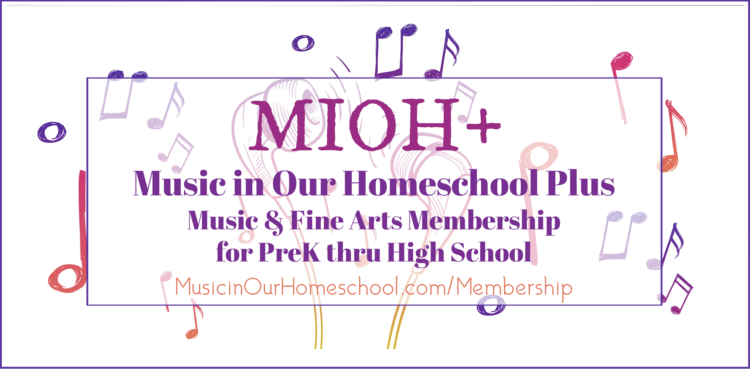Homeschool Plans 2008-2009
Homeschool Plans for 2008-2009
for 7 yo boy, 6 yo boy, 4 yo girl, 3 yo girl, 21 mos. boy and newborn due in Sept.
We school year-round and start the new “year” in June.
Our homeschooling style is a mixture of Charlotte Mason (living books, short lessons, narration, copywork, nature study), unit studies (especially using lapbooking and notebooking), and the Bluedorn's style of Classical Christian Education (see Ten Things to do Before Age 10).
Bible Time/ Family Worship: Bible Time daily 8:30-9:15 a.m.
Bible Time with Mom: Right now we are going through Egermeier's Story Bible (up to the Good Samaritan story). After we're finished with that, other ideas include reading a chapter each day from “Leading Little Ones to God” and reading through a whole book of the Bible, (one chapter or just a few verses a day), then moving onto another book of the Bible. I think we'll start with Genesis after we finish with Acts. We act out the story if it fits with the reading. They love that! If we need some extra focus on character development we'll use the Brother-Offended Chart, Go to the Ant Chart, and/or For Instruction in Righteousness (all from doorposts.net). We work on Scripture memory (also books of the Bible, Ten Commandments, Lord’s Prayer, etc.) We've finished a verse from every book of the Old Testament and are halfway through the New Testament. Our scripture memory review plan can be seen here. We pray daily with ACTS (adoration, confession, thanksgiving, supplication) and remember the missionaries we support as well as those who have asked us to pray for them. We'll sing and memorize a hymn or praise song every week, too.
The two oldest sons are signed up for Bible Study Fellowship (studying Genesis this year) but it doesn't look like they will be opening their level. The lessons are so good, and it's great for them to be able to go with their dad every week. We'll see what God has planned there.
Dad does Bible reading and singing with older boys in evenings before bed, and I read Proverbs or Psalms with the girls every evening before their bedtime.
Handwriting and Copywork: Older 3 kids 9:15 a.m. daily
We use Handwriting Without Tears workbooks for the 3 older kids. (When the 3 yo is ready, I'll start her with the pre-writing book.) The boys are starting cursive this year and doing surprisingly well so far! We do copywork of Scripture we’re memorizing, as well as poetry, quotes, and passages from books that we’re studying.
Phonics: Daily 1:15 for 3 oldest kids and 9:30 a.m. and for the older boys
Continue TATRAS (Teach America to Read and Spell) with 3 older kids at their pace. We are working on the first 8 phonograms and sounding out words with my 4 yo. The boys are doing dictation of phonograms and words and are reading aloud everyday using Rod & Staff readers. When the oldest boy finishes his last reader, he'll read aloud from the Bible (NIV first and then KJV).
History: Read daily 1:30 p.m. from History book and historical novel or biography
This year we're studying the Middle Ages, beginning with Pentecost. We are using Mystery of History, vol. 2 and Story of the World, vol. 2. We have the CDs for Story of the World, so we listen to those while we are in the car. Right now we are listening to the Book of Acts (Bible on CD) as we begin this study.
There are some wonderful read-aloud ideas and projects listed in Mystery of History; we'll do as much as possible. Here are some of the historical fiction novels we plan on reading: The Door in the Wall (DeAngeli), Robin Hood (Pyle), The Story of Rolf (French), Adam of the Road (Gray), The Trumpeter of Krakow (Kelly), Men of Iron (Pyle), King Arthur and His Knights (Pyle), Lost Baron (French and Wyeth), In Freedom's Cause: A Story of Wallace and Bruce (Henty), Three Edwards (Costain), Stories of Robin Hood Told to the Children (Marshall), etc. Many of these are on CD (such as Jim Weiss's Arabian Nights) so we can listen in the car, and some my husband will read at night to the boys while I put the others to bed. I plan on reading the Little House series to the girls when I start having more energy at night. We will also be reading a lot of biographies (Paul, St. Patrick, St. Valentine, Marco Polo, Martin Luther, Joan of Arc). We do narration with the three older kids during history readings and put things on the timeline which is hanging in our hallway. The older boys are also keeping a history notebook this year. I got some free notebooking pages off the internet, and they will be entering in some of the things they learn (drawings, narrations, biographies, timelines, maps).
Poetry: Daily reading of one or more poems at 1:30 p.m.
Unit Studies: read library books; work on lapbooks/notebooks; science experiments; history projects; and art projects
June–Art history: (read many books about artists and their works) and South Dakota (read books, did a lapbook and notebook, went on a trip there)
July—Oceans: library books, watch Sharks (Kratt Bros.) and Finding Nemo, lapbook, crafts, science experiments (from Bill Nye book), Musikgarten “Seashore,” and go to Shedd Aquarium.
August—Desert animals (library books and zoo)
September—Great Britain: Musikgarten “Great Britain”, geography, probably start a notebook which will be continued through the year of studying the Middle Ages.
October—Germany and the Reformation/ Martin Luther: Musikgarten “Germany”, geography, biography, history projects, do a Reformation Night on October 31 with other families (More info here.)
November—American Indians: Musikgarten “Amerindians”, art projects, lapbook
December—Knights and Castles: lapbook, art project
and Christmas: maybe about the symbols of Christmas, do Jesse Tree again, too.
January—African Americans: Musikgarten “African Americans”, study about a few famous people (MLK, Rosa Parks, George Washington Carver)
February—Africa and African Animals: lots of books, African music, geography, lapbook
March—Rainforest: library books, lapbook, maybe visit Shedd Aquarium
April—Healthy Eating: study new food pyramid, lots of cooking and shopping
May— Bees: books and video, lapbook, find a beekeeper to visit
June—Light: lapbook
July—Simple Machines: lapbook
Music:
Violin lessons for 2 older boys Thursday mornings (10:00-12:00), Musikgarten, sing hymns/ praise songs in morning during Bible Time and evening with Dad before bed, as well as at church and during biweekly Small Group.
Art projects: 10:15-11:30 Fridays
Get ideas from Days of Knights and Damsels-An Activity Guide, library books checked out that go with the unit studies, and from Mystery of History, vol. 2.
Preschool Activities: various times
puzzles, paper activity from internet, paper dolls, lacing beads and cards, games, blocks, Legos, etc.
Field Trips: Several a month during the summer, average once a month from Sept.-May
Other:
Library when needed on Mondays (10:15-11:30 a.m.).
Outside often to play on swingset, balls, ride bikes, park, etc. for physical education.
Swim lessons for 4 oldest kids March-June 2009.
Ministry project–clean house for hospitality for biweekly Small Group meetings and monthly Homeschool moms meeting. Card ministry (make and send cards to people we pray for.)
Videos–30 minutes a day (5-5:30 p.m.), focus on Moody Science Videos and Signing Time (to learn sign language).
Math Activities: 9:45-10:15 Wednesdays
Mondays- Games
Set Game, Monopoly Jr., Castle Logix, Chess, Checkers, Tangram puzzle/game (Mighty Mind), Number Chase, Battleship, Dominoes, Math card games, Balloon Ride (Family Math p. 30), Secret Number (Ruth Beechick p. 22), Greatest Number (Ruth Beechick p. 22)
Wednesdays- Manipulatives
1. Clock
Place Value (50 popsicle sticks, bands around 10s)
3. Measure things around the house, including in the kitchen (See Family Math pp. 83, 91 and 98)
4. 3-D shapes (print, cut out, and put together)
5. Money (See Family Math p. 112)
6. Fractions with “pies” (See Donna Young site)
7. Tangrams (Family Math pp. 41-44)
Fridays- Worksheets and Books
1. Living Book list (get books to read from library, see livingmath.net and this post)
2. 100 chart- skip counting, adding, subtracting, FM, Donna Young site
3. Addition/Subtraction Chart (Ruth Beechick p.21)
4. Workbooks (Robot, Logic with Think a Minutes)
5. Sudoku (computer print-outs)
6. Numberbow game
7. Target Addition (Family Math p. 32)
8. Value of Words (Family Math p. 33)
9. Paying the Price (money- Family Math p. 39)
10. Two-Dimensional NIM (Family Math p. 61)






for updating us on your school plans! I love everything you have planned. How do you come up with the ideas and how do you stay organized? And how do you keep from doing formal math? I read the Bluedorn's article ( and like it). It just seems like a foreign concept to me. I may "steal" some of your ideas. And do you get your lapbook ideas from websites? Which are your favorite?
Let's talk soon.
Jennifer